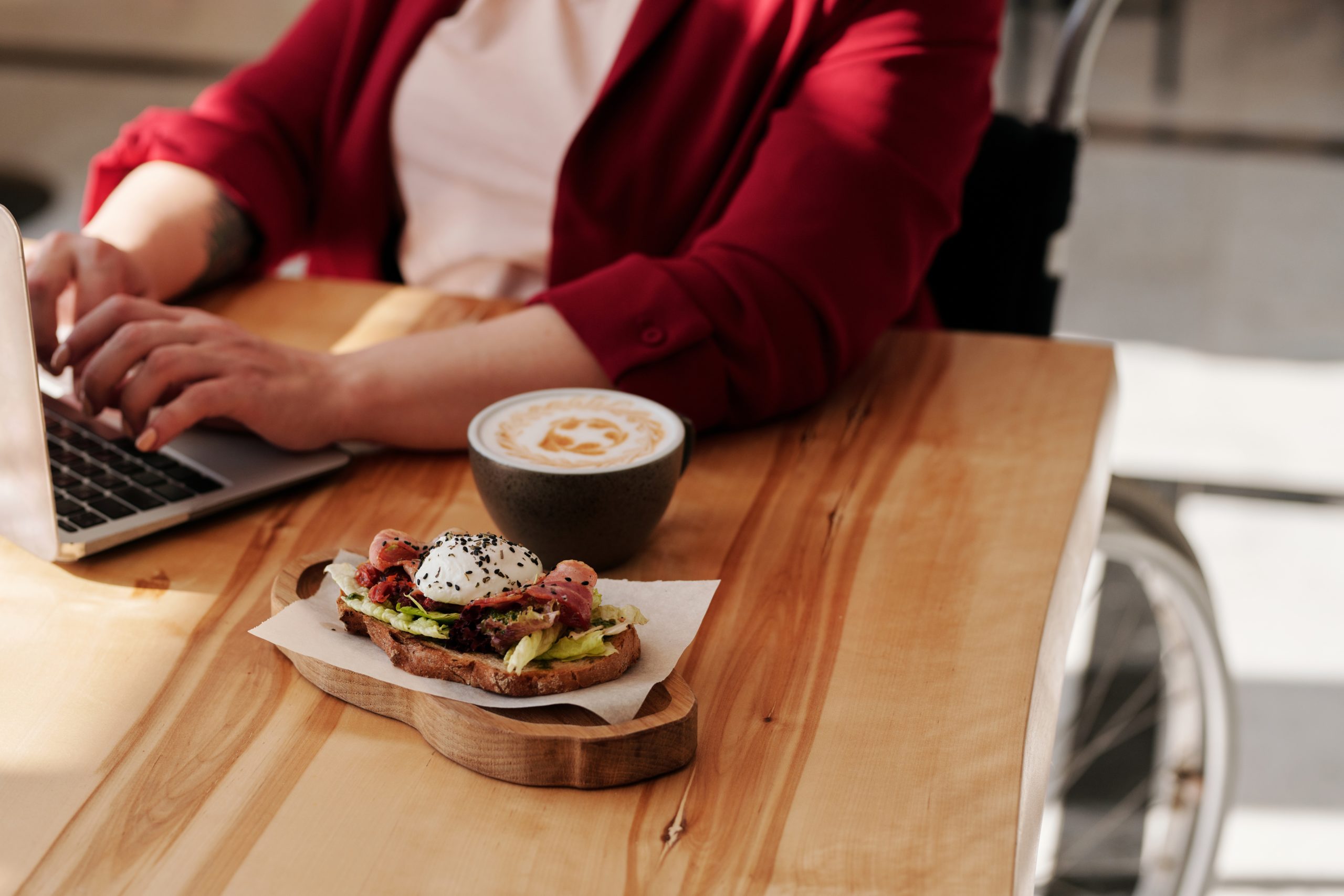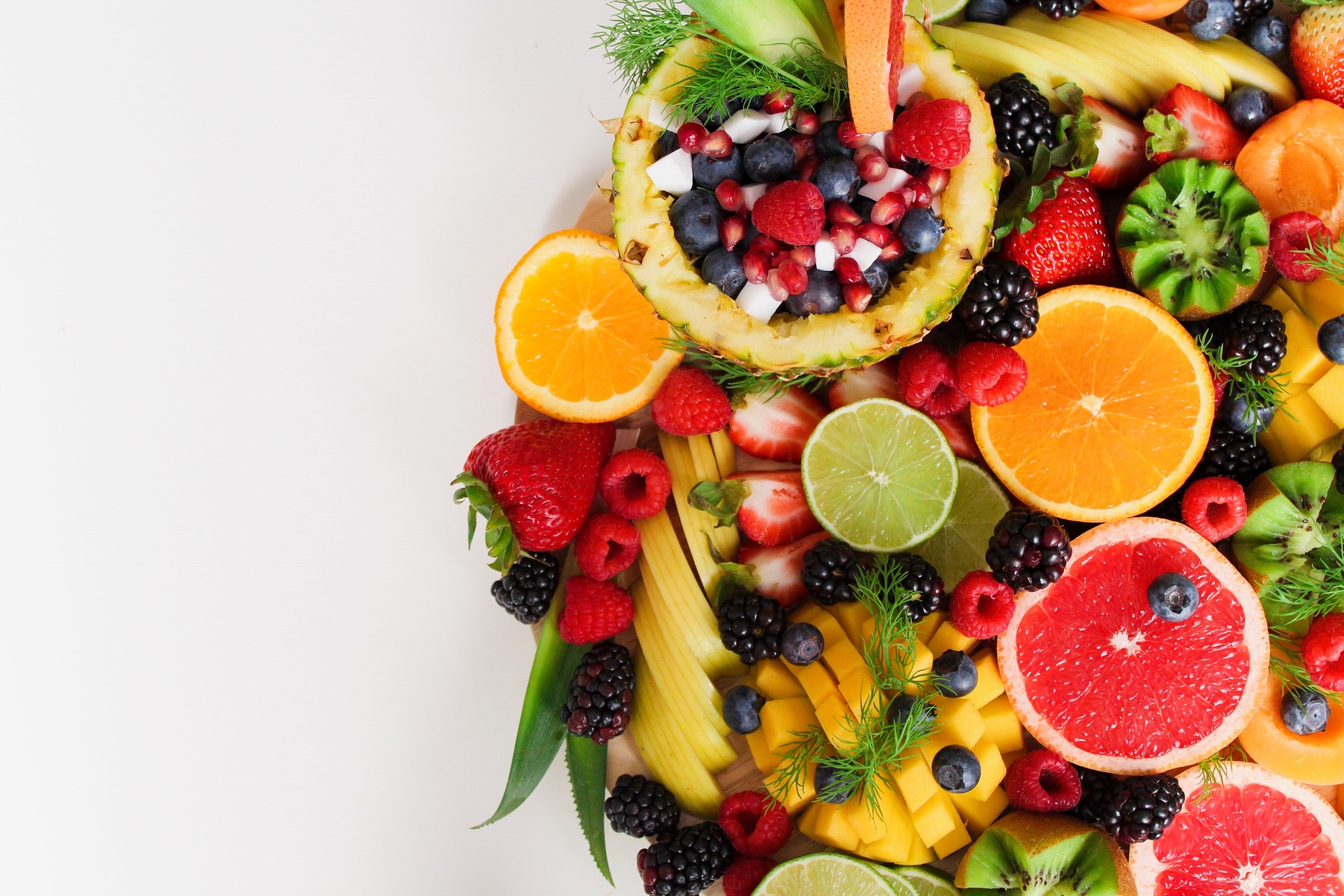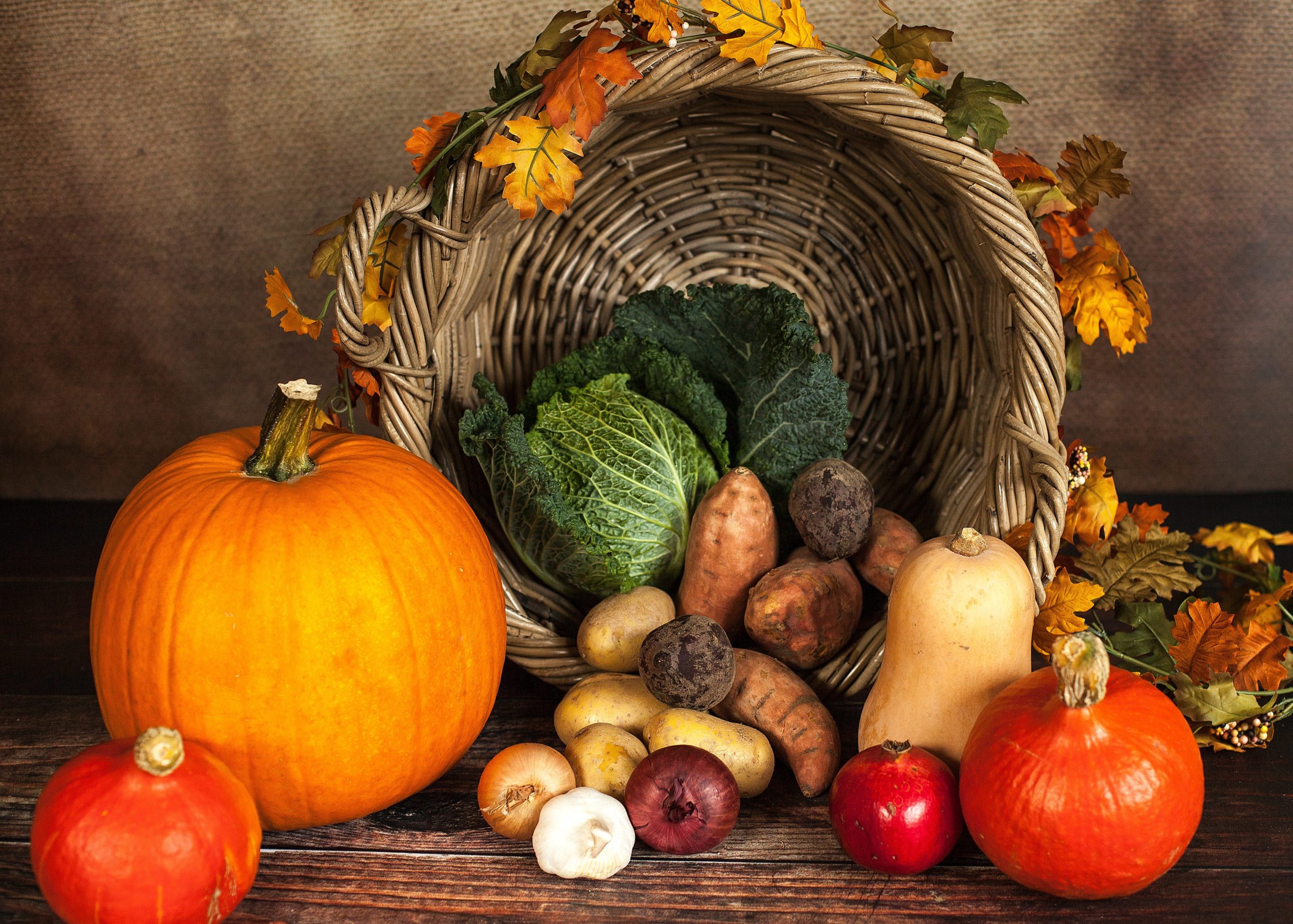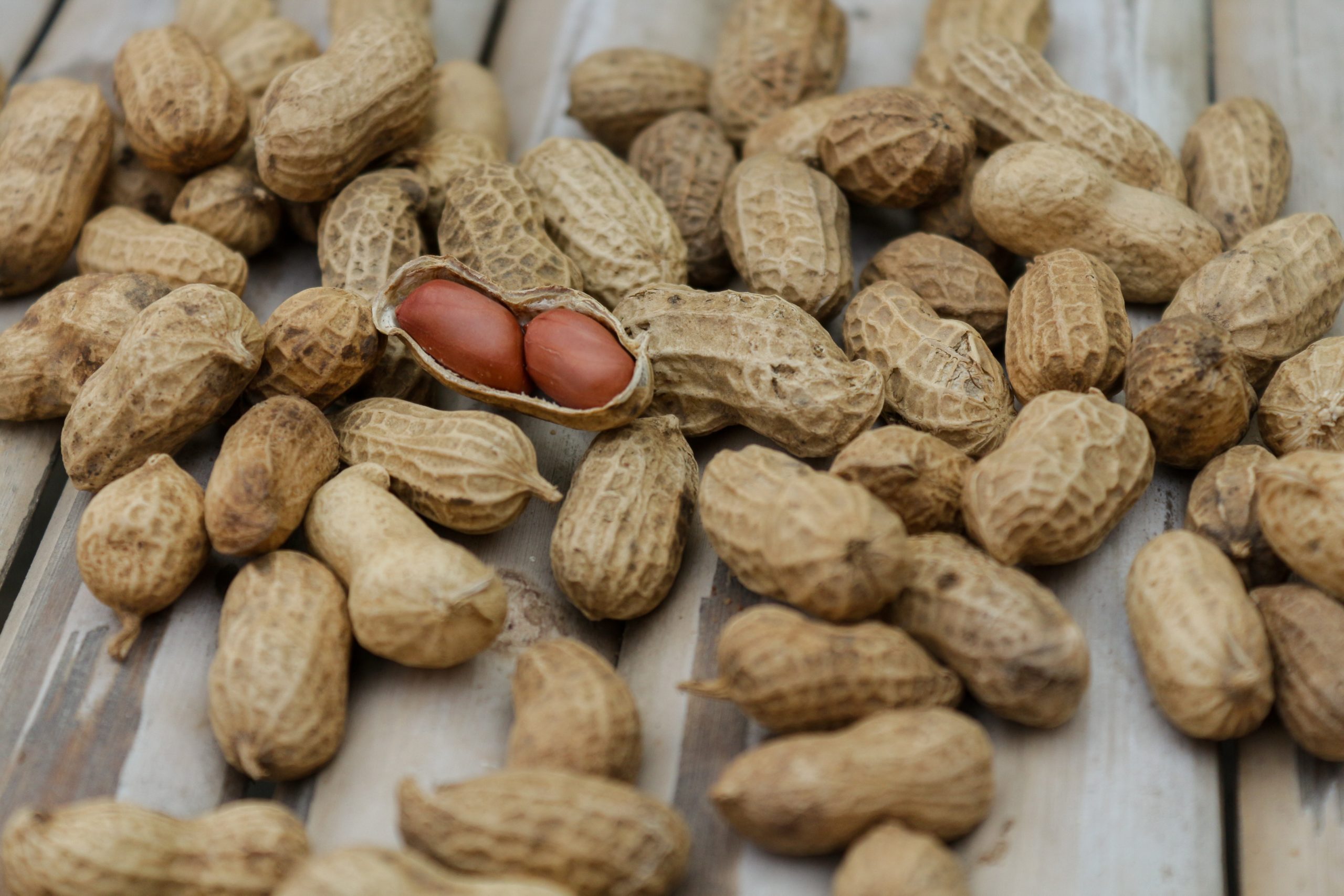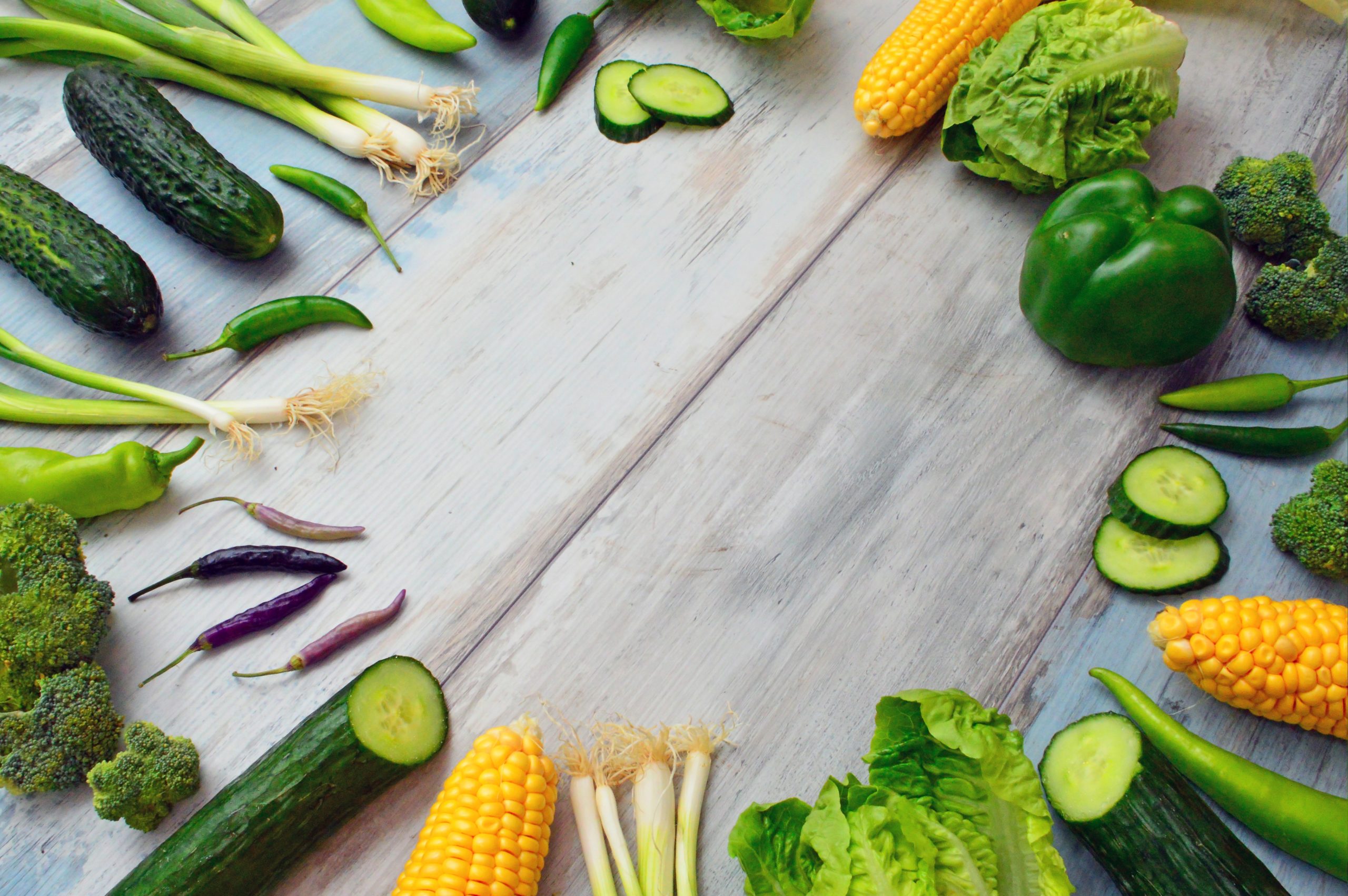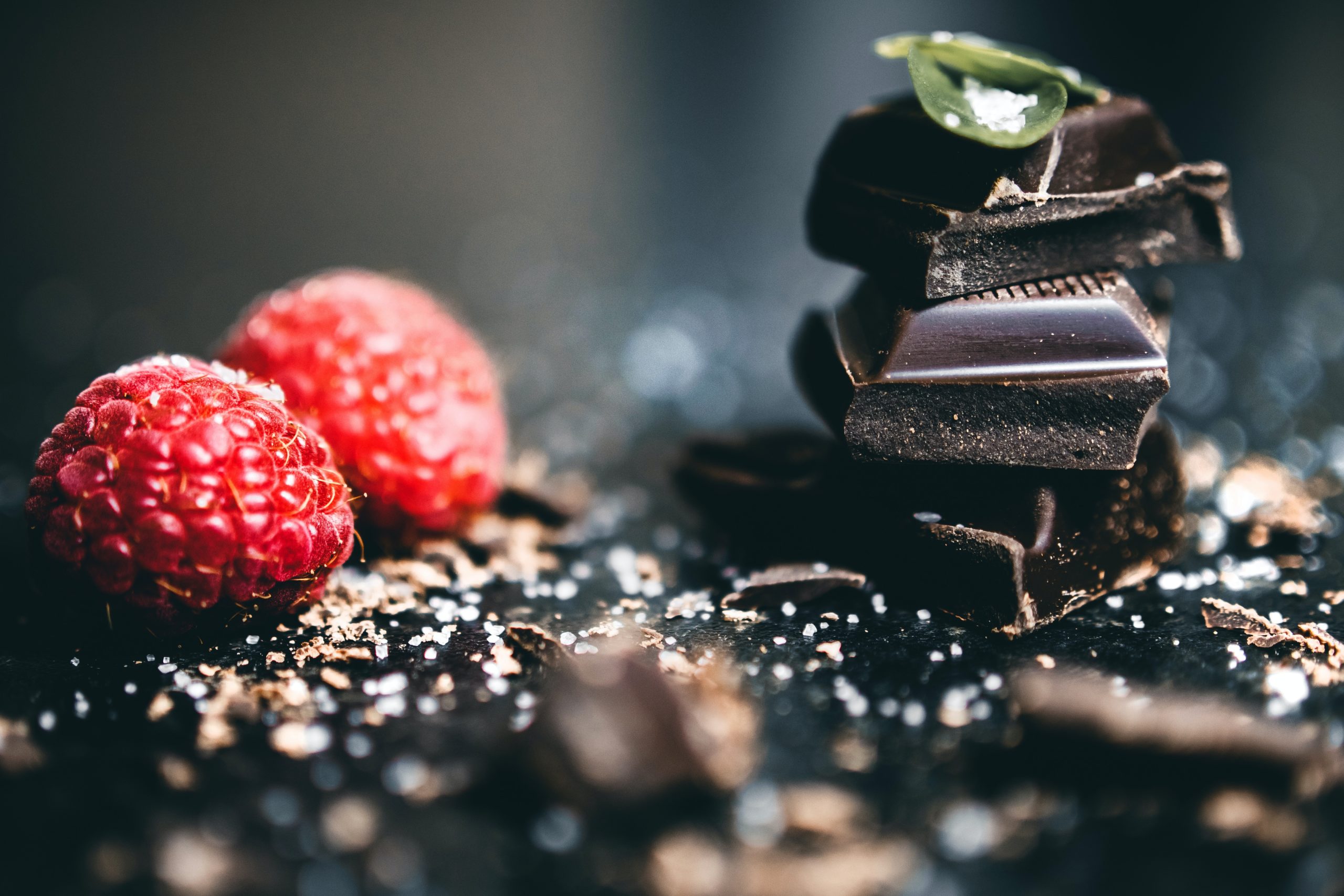
A lot has been reported on how to recognize the signs of a stroke, as early intervention is key to your chances of survival. Less is published about stroke risk factors, so we’d like to put it all together for you.
Diet plays an important role in the risk of stroke, as in many other diseases. In fact, a heart-healthy diet also offers significant protection against stroke. Why is that? Well, a stroke occurs when blood flow is blocked in part of the brain.
A heart attack is when a blockage stops blood flow to part of the heart. Therefore, all we can do to prevent harmful accumulation in our arteries helps maintain healthy blood flow and ensures that every part of our body receives enough oxygen.
How to adjust your diet to prevent strokes.
1. Bump Up Your Fiber
A high-fiber diet prevents stroke because it lowers cholesterol and maintains a healthy weight. Most of us don’t have enough fiber. Current recommendations suggest 25-30 grams of dietary fiber per day, but the average daily intake among Americans is 15 grams.
The best way to get more fiber from food is to eat whole grains, fruits, vegetables, nuts, beans, brown rice, and seeds. Popcorn is an excellent, fiber-rich treat (minus the butter from the films).
It’s worth it because studies show that the risk of stroke is reduced by 7% for every additional 7 grams of fiber consumed daily.
2. Whole Fruits are Critical
Taking a multivitamin daily to cover nutritional deficiencies is not a bad thing, but eating more fruit a day can make it unnecessary. Fruit is nature’s sweet gift to us because it is full of vitamins, minerals and antioxidants. All of this goodness is also delivered with a healthy dose of fiber.
Citrus fruits seem to offer particularly strong protection against stroke. A large study that followed 70,000 women for 14 years found that those who ate the most citrus fruits had a 19% lower risk of stroke than the women who consumed the least.
But don’t worry if you are not interested in citrus: apples and pears have also been found to offer strong benefits for stroke prevention. In general, the risk of stroke can be reduced by 32% for every 200 grams of fruit you eat per day.
3. Don’t Forget the Veggies
If you eat more vegetables, you can also lower your risk of stroke: about 11% per 200 grams a day. Research shows that the true power players are green leaves that reduce the incidence of strokes and heart disease by 20%.
Technically speaking, tomatoes are a fruit, but they can also prevent strokes. The reason is that these delicious red balls are rich in lycopene. A study of Finnish men between the ages of 46 and 55 found that those who consumed the most lycopene were surprisingly 55% less likely to have a stroke.
You can also find a fair amount of lycopene in asparagus and red cabbage, as well as in grapefruit, papaya, and watermelon.
4. Healthy Sources of Protein
Many of us rely on meat as the primary source of protein, but that’s risky. Meat contains a large amount of saturated fatty acids, which can raise our cholesterol levels. When you eat meat, you rely on leaner varieties such as fish and white meat from chicken or turkey.
However, you don’t have to eat meat to get protein. Lentils, nuts and seeds, along with other important nutrients and essential fiber, have a good amount. Chickpeas and quinoa are other good options. If you can change your belief that meat is the center of every dish, you can eat less and fill up better options.
It’s worth it because if you increase your intake of high quality protein by about 20 grams a day, you can reduce your risk of stroke by 26%.
5. Powerful Potassium
Potassium can be one of the most important minerals in the fight against stroke. The researchers believe this is due to the fact that it relaxes blood vessels, lowers blood pressure, and removes sodium from the body.
Potassium actually works with sodium to do its job, but many of us have lost that balance. We all eat a lot more sodium than necessary, while only 2% of us reach our recommended daily potassium level.
Daily consumption of 1,600 milligrams of potassium reduced the risk of stroke by 21%, although this amount is at the lower end of the recommended daily dose (1,600 to 2,000 mg per day). It only makes sense to consume more potassium, as this is associated with a lower risk of stroke and a lower risk of prematurely dying for any reason.
Bananas aren’t just high in potassium. You can also get it from sweet white potatoes, white beans, fish, spinach, and vegetables.
For a treat: Chocolate
Population studies have shown that people who eat chocolate regularly seem to reduce the risk of stroke. However, some chocolate is not enough. It is only high-quality chocolate that is free from the additives used by many manufacturers. We recommend eating them regularly.
And the sugar and milk content in chocolate can negate any benefit you experience. Therefore, only choose dark chocolate with at least 60% cocoa. If you are used to milking chocolate, this can be a bit of an adjustment. But as with many culinary flavors, you can find that milk chocolate tastes unbearably sweet after the change.
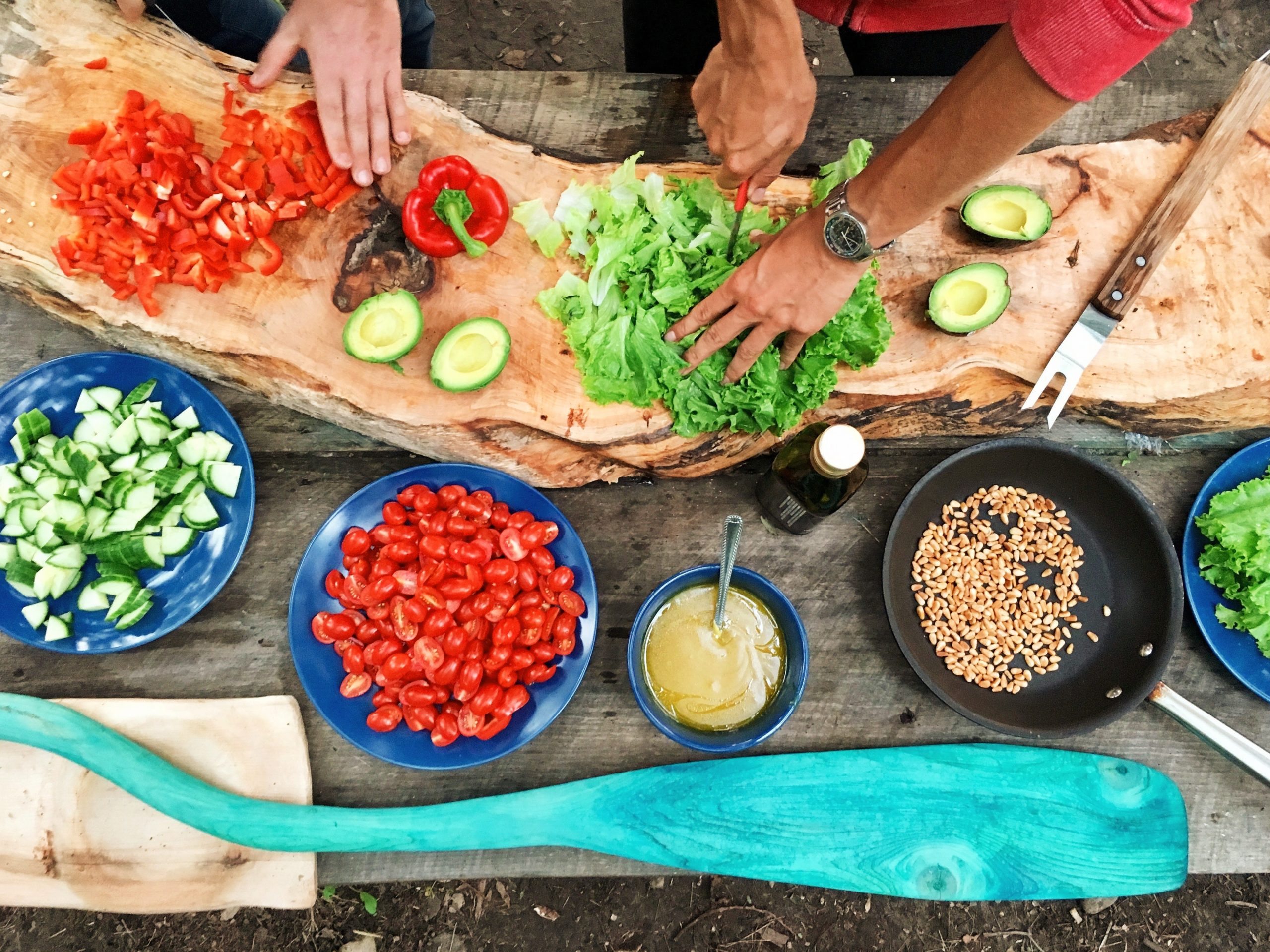
In the end, a stroke prevention diet is mostly common sense. You don’t have to think too much about it, but follow the basic saying of food author Michael Pollan: “Don’t eat too much, mainly plants.” That’s it.
It can be difficult to overcome the dependency on our western diet, which is full of foods made with a large number of unspeakable ingredients. But if you take a moment to think before making your choice, go for this banana rather than a tube of sugary, colored yogurts. Also keep in mind that meat can work perfectly on the side of your plate and not in the middle.
If you make gradual changes to a whole food diet, the risk of stroke and waistline will decrease.

